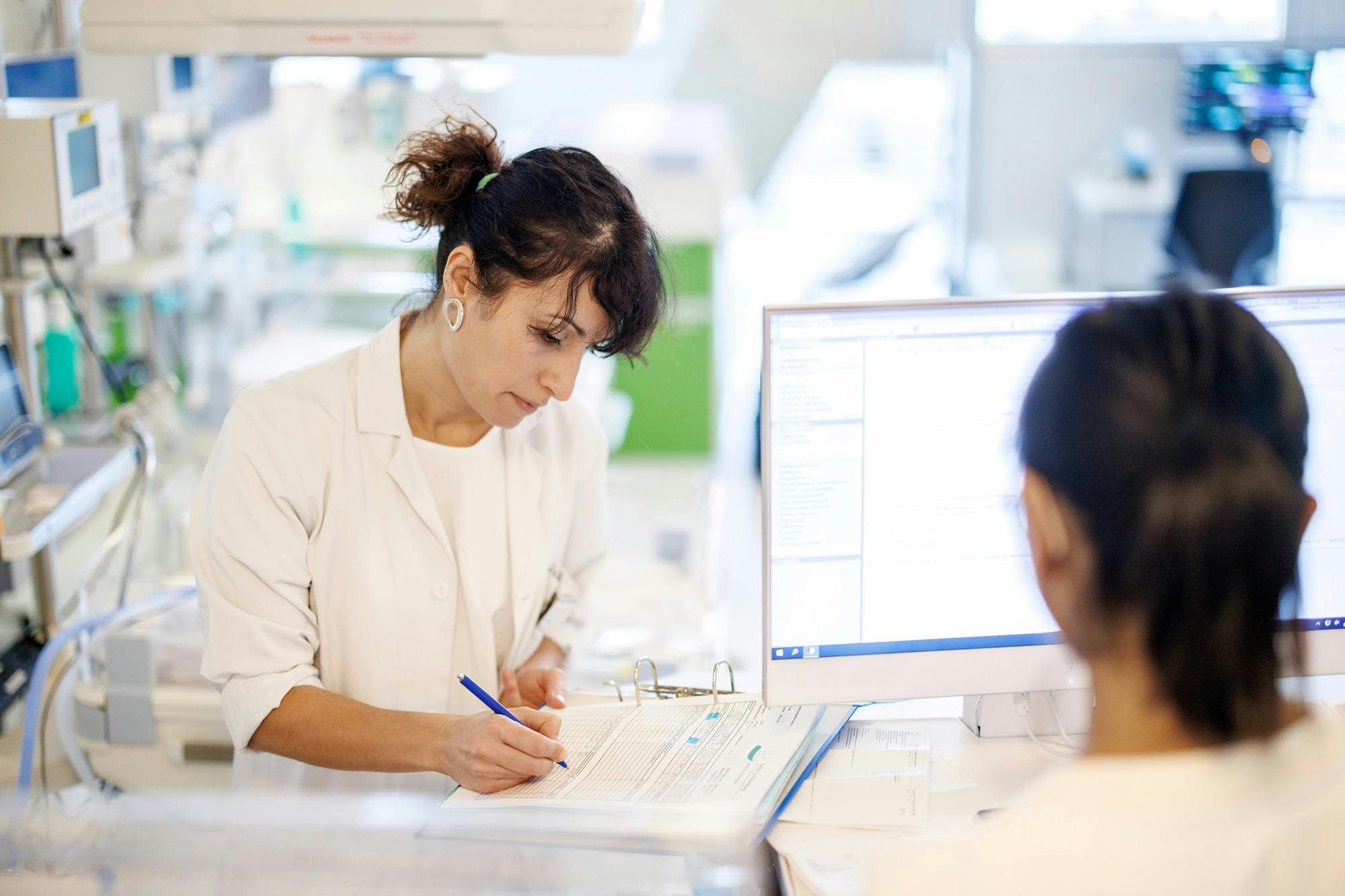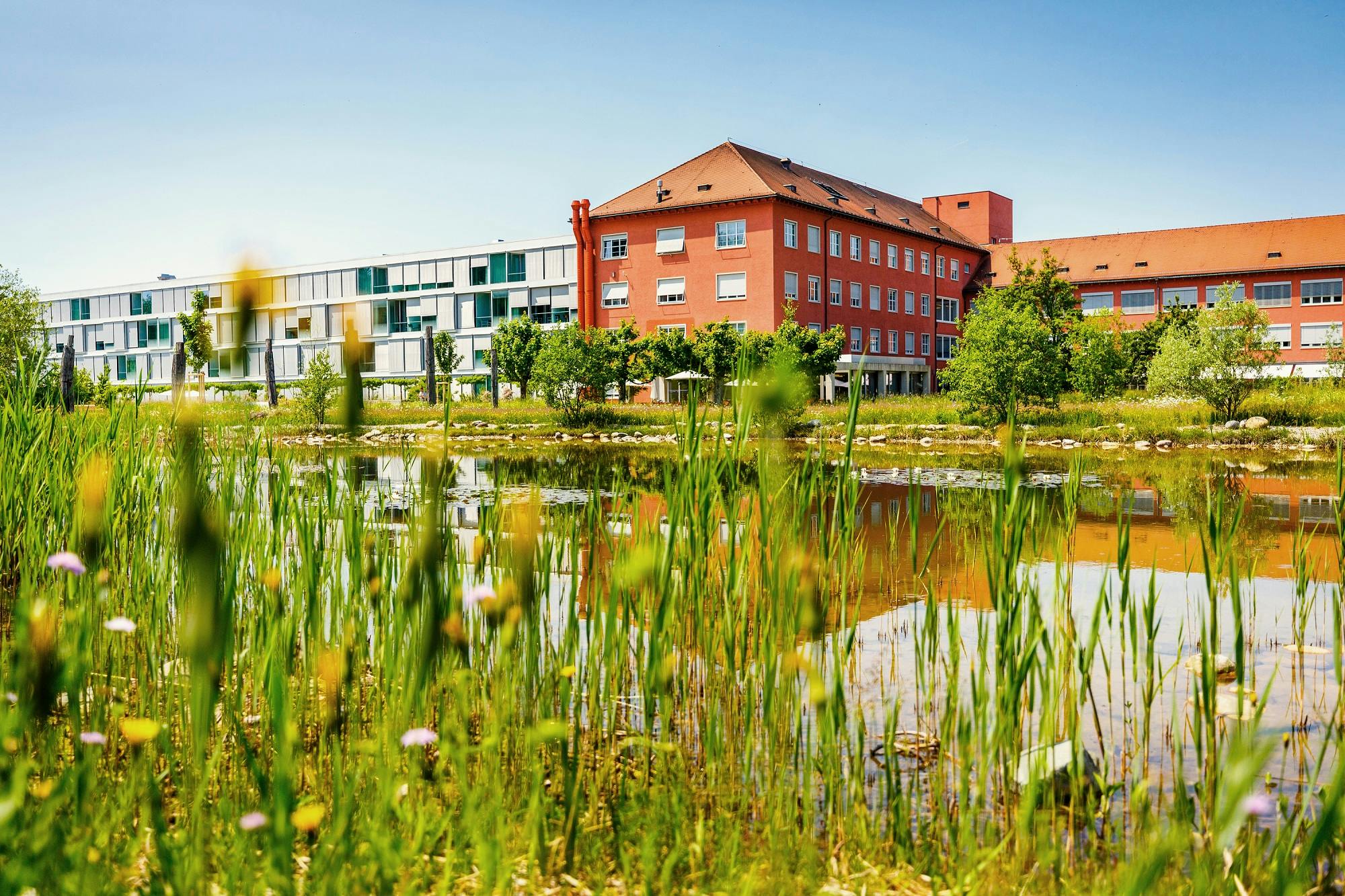Basic diagnostics for unfulfilled desire to have children
Dr. med. Roland Braneti
February 23, 2023
5 min
Dr Roland Braneti, Head of the Women's Clinic, will answer your questions about the causes, investigations and treatment options for infertility.
When do we speak of an unfulfilled desire to have children?
An unfulfilled desire to have children is when a pregnancy does not occur despite regular sexual intercourse over a period of at least one year. The medical term for this is "sterility", whereby a distinction is made between a primary and a secondary form. In primary sterility, no pregnancies have occurred to date. In the secondary form, at least one pregnancy has already been carried to term in the past, but an unfulfilled desire to have children occurs later.
At what point should investigations be carried out?
In principle, investigations should be carried out if there has been no pregnancy for a year. In women over 35 years of age, investigations should be carried out after six months. If there are obvious abnormalities (e.g. severe irregularities in the menstrual cycle), the investigations should be carried out immediately.
What are the causes of an unfulfilled desire to have children and who are the causes?
There are many causes of an unfulfilled desire to have children: in women, for example, menstrual cycle disorders, blocked fallopian tubes (e.g. following inflammation of the fallopian tubes or endometriosis), polyps or fibroids. In men, sperm production is impaired, which can be caused by anatomical changes in the genital area (e.g. varicose veins in the scrotum), infections or other illnesses and medication. In some cases, there are also sexual disorders.
In general, it can be said that one third of the causes lie with the man, one third with the woman and a further third either with both or no cause can be found.
What does the basic diagnosis for women involve?
A hormone analysis, vaginal ultrasound examination and examination of the patency of the fallopian tubes are carried out.
What does basic diagnostics involve for men?
A semen analysis (spermiogram) is carried out here. Depending on the situation, a urological examination may also be carried out.
What is the procedure for fibroids and the desire to have children?
Depending on the location and size of a fibroid, it may be necessary to remove it. This is assessed individually and on a case-by-case basis.
How long should I wait to have children after the removal of a fibroid?
Depending on the size, location and surgical technique, you should wait 3 to 12 months before planning a pregnancy.
0/0
Weitere Beiträge
Counsellor
Hormone fluctuations in winter: What's really behind them?
Many women experience changes in their physical and mental well-being in winter. They feel tired more often, less resilient or more emotionally sensitive. Cycle changes or more intense premenstrual symptoms are also noticed more often during this time. In addition to external factors such as the cold, less exercise or a change in lifestyle, hormonal processes can also play a role.
Counsellor
Spinal surgery: everything you need to know
At Zollikerberg Hospital, the highest precision applies to one of the most central and at the same time most demanding areas of the body - the spine. Spinal surgery here means not only modern, minimally invasive technology, but above all sound expertise, experience and careful, holistic care. This is what Dr Filippo Mandelli, Head of the Spinal Surgery Clinic, and his team stand for. They treat conditions such as herniated discs, spinal canal stenosis, spondylolisthesis, spinal deformities and degenerative changes competently and sensitively and accompany patients on their way to greater stability and quality of life. In this interview, you can find out what is particularly important in these complex interventions - and what modern spinal medicine can achieve today.
Counsellor
Eyelid lift (blepharoplasty) for drooping eyelids - a brief overview
The eyes are the mirror of our soul - and yet drooping eyelids, bags under the eyes or sagging skin on the eyelid can leave a tired and older impression. If you would like to regain an alert, fresh look, an eyelid lift (blepharoplasty) at Zurich Plastic Surgery can help. In this blog post, Prof Dr Hisham Fansa, Head of Plastic Surgery Zurich, explains why many people decide to have their drooping eyelids corrected and what is important during this procedure.


